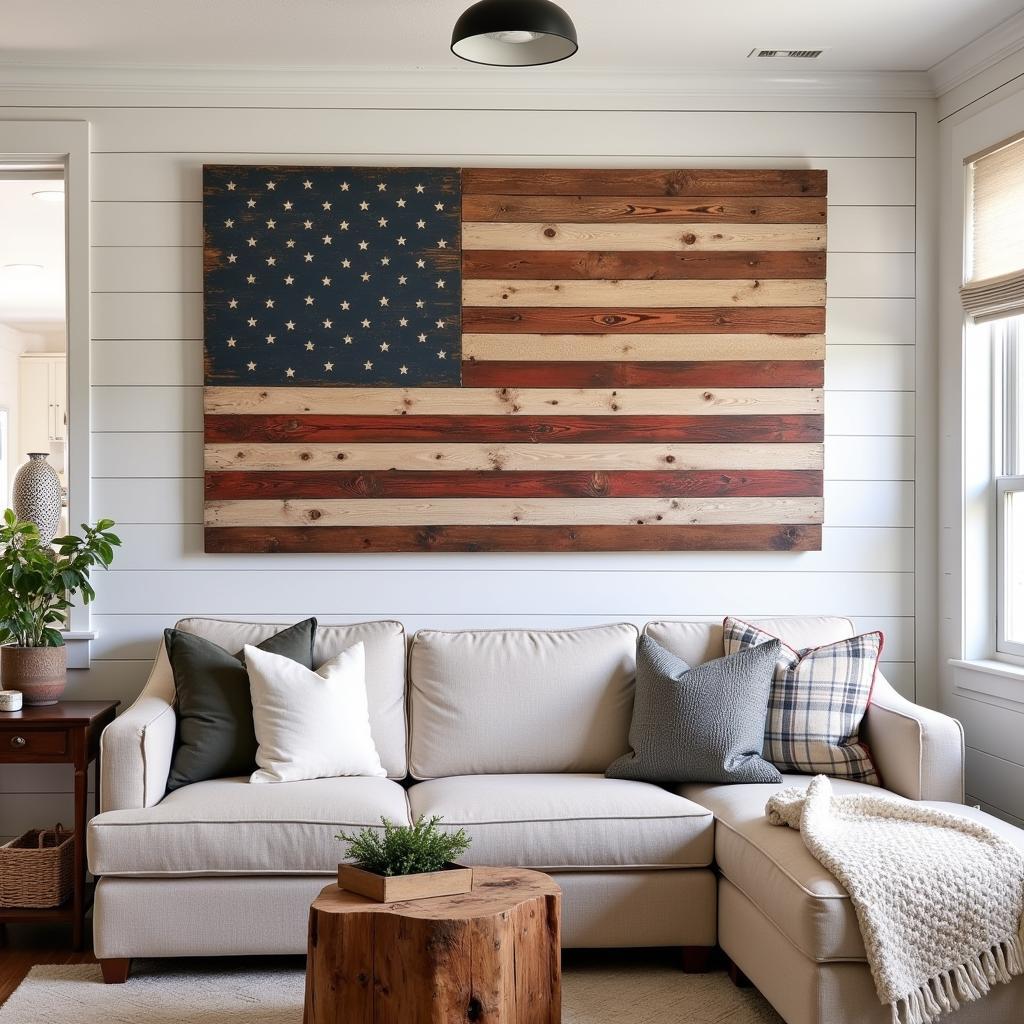**Mortuary Restorative Art Kit: Your Comprehensive Guide**
Mortuary restorative art is a delicate and profound practice that involves restoring the deceased to a lifelike appearance. This art form requires specialized skills, knowledge, and tools, and a Mortuary Restorative Art Kit is an essential component for professionals in this field. In this comprehensive guide, we’ll delve into the world of mortuary restorative art kits, exploring their contents, uses, and why they are indispensable for creating a dignified and respectful final farewell.
What’s Inside a Mortuary Restorative Art Kit?
A well-equipped mortuary restorative art kit is like an artist’s toolbox, filled with a range of instruments, materials, and supplies designed to restore and enhance the appearance of the deceased. The specific contents may vary depending on the kit’s manufacturer and intended purpose, but here are some common components:
Instruments:
- Scalpels and Scissors: These tools are used for making precise incisions and trimming tissues to achieve a natural appearance.
- Forceps and Tweezers: These instruments help manipulate and position tissues, as well as remove small debris.
- Needles and Sutures: These are used for closing wounds and securing tissues.
- Cosmetic Spatulas and Brushes: These are used for applying restorative materials like wax and cosmetics.
- Dental Tools: These are essential for restoring teeth, removing stains, and adjusting the position of dentures.
Materials:
- Restorative Wax: This is a crucial material used to sculpt and reshape features, fill in cavities, and create natural contours.
- Cosmetic Powders and Creams: These help conceal imperfections, enhance complexion, and match skin tones.
- Colorants and Pigments: These are used to restore natural coloring and create realistic shades for eyes, lips, and skin.
- Modeling Clay: This material assists in creating temporary molds and shaping features.
- Moulding Materials: These materials, often made from plaster or silicone, are used to create lifelike casts of the deceased’s features.
Other Essential Components:
- Cleaning Supplies: Disinfectants, sponges, and other cleaning materials ensure a sterile and hygienic work environment.
- Protective Gear: Gloves, masks, and eye protection safeguard the artist and prevent contamination.
- Reference Materials: Anatomical charts, color swatches, and photographs help guide the restorative process.
The Importance of a Quality Mortuary Restorative Art Kit
A high-quality mortuary restorative art kit is essential for several reasons:
- Professionalism: Using professional-grade tools and materials ensures accurate and meticulous restoration, reflecting the artist’s skill and respect for the deceased.
- Precision: The precision of the tools and materials enables artists to create subtle and realistic details, enhancing the deceased’s natural features.
- Hygiene: Sterilization and contamination control are paramount in mortuary restoration. A quality kit includes materials that meet industry standards for hygiene and safety.
- Versatility: A comprehensive kit allows artists to handle a wide range of restorative challenges, from minor touch-ups to extensive reconstruction.
Choosing the Right Mortuary Restorative Art Kit
Selecting the appropriate mortuary restorative art kit depends on the artist’s experience, the intended purpose, and the specific needs of the funeral home or practice. Here are some key factors to consider:
- Experience Level: Beginners may start with a basic kit that includes essential tools and materials, while experienced artists might opt for a more comprehensive kit with specialized instruments.
- Budget: Kits range in price depending on the quality of materials, the number of items included, and the brand.
- Specific Needs: Consider the types of restoration tasks you typically encounter, such as facial reconstruction, embalming, or post-mortem makeup.
- Brand Reputation: Choose reputable brands known for quality craftsmanship and reliable materials.
Expert Insight:
“A well-equipped mortuary restorative art kit is an investment in your professionalism and the dignity of the deceased,” says Dr. Elizabeth Miller, a renowned mortuary restoration expert. “It provides the tools and materials necessary to create a lasting tribute that reflects the unique beauty and individuality of each life.”
Frequently Asked Questions
Q1: What is the difference between a basic and a professional mortuary restorative art kit?
A1: A basic kit typically includes essential tools and materials for minor restoration, while a professional kit offers a more comprehensive range of instruments and advanced materials for complex procedures.
Q2: How often do I need to replace the materials in my mortuary restorative art kit?
A2: Materials like restorative wax, cosmetics, and cleaning supplies have a shelf life and should be replaced periodically to ensure effectiveness and hygiene.
Q3: Where can I purchase a mortuary restorative art kit?
A3: You can purchase mortuary restorative art kits from specialized suppliers, online retailers, and some medical supply stores.
Q4: Are there any specific certifications or training required for using a mortuary restorative art kit?
A4: Yes, most jurisdictions require specific certifications and training for individuals practicing mortuary restorative art.
Conclusion
A mortuary restorative art kit is an essential tool for professionals in the funeral industry. It provides the necessary equipment and materials for restoring the deceased to a dignified and lifelike appearance. By choosing a quality kit and investing in ongoing training, artists can ensure they have the tools and knowledge to perform this delicate and compassionate art form with the utmost respect and skill.
Remember, if you need any help or information regarding mortuary restorative art kits, feel free to reach out to us. We are here to assist you 24/7.



